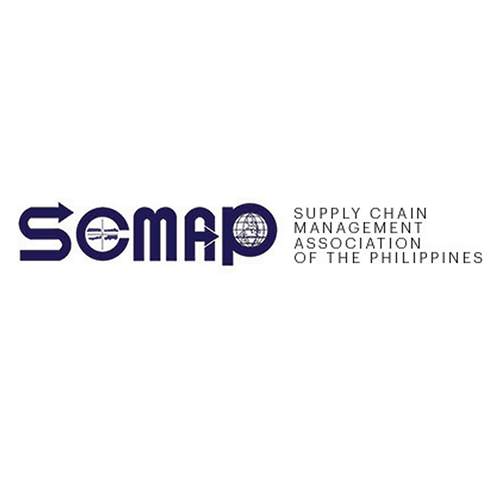The most recent eConomy SEA Report – led by Google, Temasek and Bain & Company – dropped a couple of weeks back. Over the past few years, it has been a key barometer of the growth of the digital economy in Southeast Asia, particularly as the COVID-19 pandemic saw accelerated adoption and digitalization. This year’s findings, both for the region and for the Philippines in particular, point at several opportunities and challenges for our supply chain sector.
One, after an exponential rise over the past two years, digital adoption rates across the region are beginning to normalize. In other words, “new customers” are coming in at a slower rate than before. However, the region’s digital economy is still surpassing expectations. In 2022 it is now valued at USD 194 million; the report initially predicted these levels would be hit in 2025. The Philippines’ digital economy is now worth USD 20 million, and is projected to be worth USD 35 million in three years.
While the slowdown in growth is due to most digital users having already made the transition to services such as e-commerce, food delivery and online entertainment services, two opportunities for growth present themselves. First is among existing customers, as digital players shift strategies from customer acquisition to customer retention – perhaps more value-added services, or improvements to the customer experience and delivery processes. Second is among “suburban users”. While e-commerce and streaming services are already somewhat prevalent in the provinces, deficiencies in infrastructure – transport, communications, and financial – are hindering its potential. We can unlock potential growth in food delivery services and online groceries if we begin to address these issues.
What is picking up pace are digital financial services. This is evident across the region, but more so in the Philippines, where 75% of the population is unbanked or underbanked. The sector is now valued at USD 75 billion, led by lending and remittance services. Fortunately the Bangko Sentral had long established a framework for supporting digital banking, That led to the speedy adoption of mobile wallets such as GCash and Maya, fueled by the rise in e-commerce both formal and informal. Now we are seeing the entry of digital banks such as UnionDigital and GoTyme, and further investment in digitalization from existing banks (albeit to mixed results).
Once again, the lack of infrastructure is a significant roadblock. How do you convince most of the Philippines’ unbanked, who live in the provinces, to open accounts in digital banks, when the digital infrastructure that supports it is not yet adequate? However, this also poses an opportunity for businesses: payments from both customers and partners can be processed quickly, leading to faster cash conversion cycles and, perhaps, better service levels. Some are already doing it through GCash. The challenge for digital banks is to bring something else to the table.
The bottom line is, the potential of the digital services contributing greatly to the Philippine economy remains vast. We saw this during the pandemic, where consumption levels were most stable throughout lockdowns, save for the shocks of the initial restrictions. As we continue to return to some sort of normal, usage of digital services have not dropped; they have instead complemented traditional (or offline) services Filipinos availed of before 2020.
But while online has long firmly found its place in our economy, the ways to enable and develop it are not exclusively online. More than ever, we need to boost investment in infrastructure, particularly the smaller pieces that support the set pieces. Think of roads connecting our farms, logistics facilities, transport hubs and markets. Think of more resilient communication networks, both fixed and mobile. And it’s also about the intangible: think of better support for businesses, particularly small ones, to confidently enter the digital fray, whether when it comes to serving their customers or operating their enterprises.
The way things are moving, if we do not ensure the continued growth of the Philippine digital economy, we pretty much risk “splitting” our whole economy in two: the online half, serving urban, affluent and younger customers; and the offline half, serving the rest – and not for lack of trying, but the barriers to entry can still be so high at a practical level that they can’t take advantage. And imagine the possibilities. Think, for example, of online groceries serving local communities rather than just urban areas, with local products reaching a wider audience. (Not to mention the jobs that can be generated in the countryside.) It benefits farmers, customers, logistics providers – everyone across the supply chain. The digital economy is blurring boundaries, but it is up to us to make sure that it is truly for everyone.
Henrik Batallones is the marketing and communications director of SCMAP, and editor-in-chief of its official publication, Supply Chain Philippines. More information about SCMAP is available at scmap.org.
Previous column: Will These Bridges Be Worth It?





